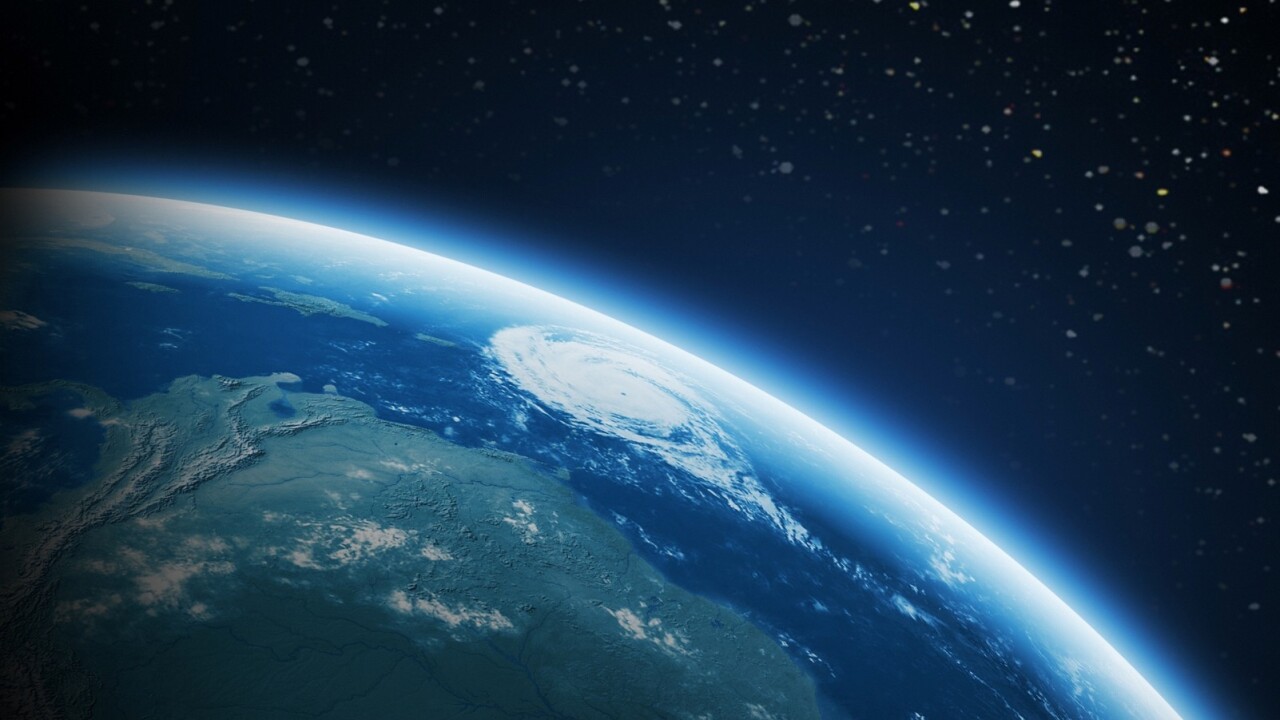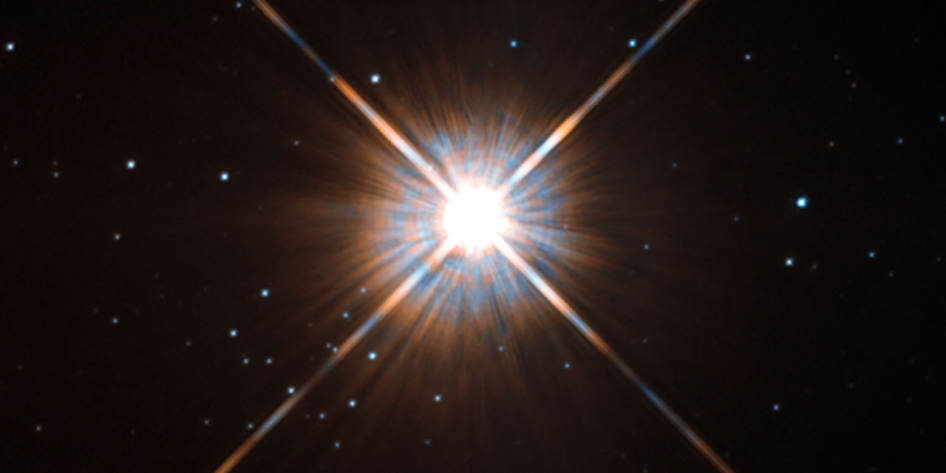
Researchers have identified a number of planets outside our solar system that both resemble Earth and carry a better than zero chance at containing life. None of these is as close to Earth as newly-discovered Proxima b.
Only 4.2 light-years away — about 25 trillion miles — Proxima b is our nearest neighbor outside this solar system. If you’re keeping score at home, 25 trillion miles is about 300,000 times further than the Earth is from the sun. While the distance sounds daunting, it’s a relative stone throw in the greater scheme of things and further details just how vast our solar system is — and how much we’ve yet to discover.
While little we know about Proxima b at this point — and we may be years from finding out more — the planet is believed to be roughly the size of earth. While astronomers don’t know if it does — or ever has — supported life, they do know it’s within the habitable zone of a small star called Proxima Centauri — the smaller version of our sun. The distance from Proxima Centauri leaves reason to be excited that it could contain water and perhaps even life.
Then again, it may not support an atmosphere, which would almost certainly rule out life due to the amount of radiation Proxima Centauri emits. Although smaller, the radiation levels emitted are far higher than that of our sun.

Newly confirmed, Proxima b was discovered more than a decade ago. Due to its distance, astronomers and observers were never able to provide conclusive proof that what they were seeing was indeed a planet. This all changed recently when scientists put Proxima b directly in their crosshairs and focused the attention of multiple high-powered telescopes on the area — leading to its confirmation.
Unfortunately, to confirm the planet could contain life, scientists would need to study pictures of the planet itself. Currently, we don’t have the instruments available that could snap such a photograph. Scientists are optimistic, however, that this could soon change. In fact, due to the relatively close distance from Earth, we may one day be able to send robots to explore its surface.
For now, though, it’ll remain a huge discovery that finds scientists struggling for superlatives that suggest just how big a deal this is for the future of space exploration.
Get the TNW newsletter
Get the most important tech news in your inbox each week.





